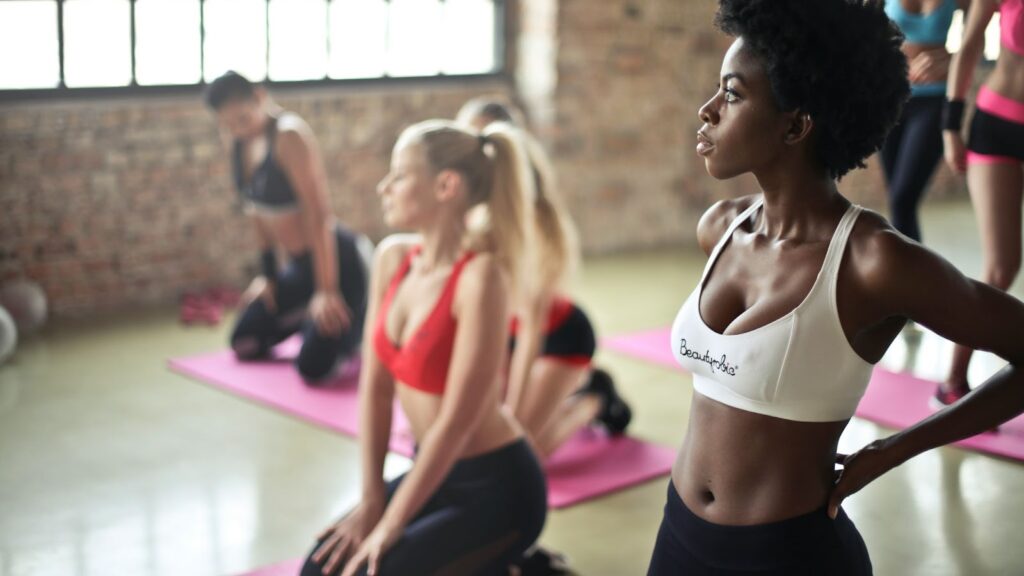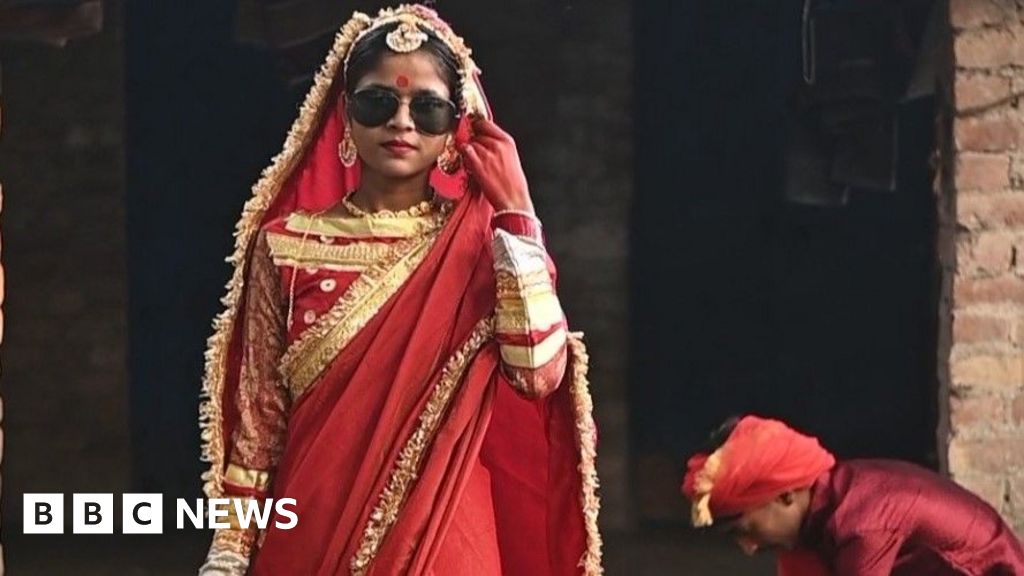Fitness
Black-Led Fitness Spaces Emerge After Calls for More Inclusivity – The Hilltop

Andre Busby sweated in anticipation underneath the October sun as he stretched for his weekly workout with the District Running Collective, a Black-led organization dedicated to fostering community and physical activity within D.C.’s Black population.
Being engaged in a community of people with similar backgrounds or interests has been a comfort space for Busby, a personal trainer and lifelong fitness advocate.
“It’s nice to be around people who look like me because at work I don’t get that experience. I try not to focus on race; it’s more about community for me,” he said.
As of 2022, Black fitness experts and personal trainers make up only 9.3 percent of the market while their white counterparts make up 74.5 percent, according to DataUSA. In the past, the fitness and wellness community has been accused of lacking diversity in different body types with brands like Adidas receiving backlash for their “body positive” campaigns.
In January, Lululemon’s Founder and former CEO Chip Wilson said his clothes “don’t work for some women’s bodies” and that he doesn’t want “certain customers” to buy from his stores.
Gerard Burley, the founder and owner of Sweat DC, an exclusive fitness studio, was met with this same type of alienation. However, he approached it as an opportunity to create a new and unique space.
“I grew up a gay, overweight Black boy from West Baltimore, so I know what it feels like to not fit in,” he said. “I wanted to create Sweat as a fun place where people would actually want to come in, workout together, and feel safe and welcomed.”
His motivation goes beyond inclusivity. Burley, after unexpectedly losing his mom to heart disease, used fitness intertwined with community as a means of survival for himself and those around him.
According to the CDC, Black Americans have the highest prevalence of inactivity outside of work at 30 percent with white Americans at 23 percent.
Studies from the National Institutes of Health show that lack of physical activity, amongst other socioeconomic and cultural factors, has contributed to Black people outranking their white counterparts in susceptibility to health-related diseases such as heart disease and high blood pressure.
“There’s a lot of workout groups who are catered to people that don’t look like us. There is no diversity,” Janiya Morgan, president of Howard’s Changing Health Attitudes and Actions to Recreate Girls (CHAARG), said.
Cultivating an inclusive community of diverse physical activity is at the heart of the Howard chapter of CHAARG. Morgan, a junior biology major with a chemistry and sociology double minor, leads the organization with the intention of creating space and comfort for Black women.
“In Howard CHAARG we are sweating and struggling together. You may feel pushed in some of our workouts but you don’t feel alone because you have other CHAARG girls with you,” Morgan said.
Howard is one of only three HBCU CHAARG chapters out of 119 nationwide. Despite the small number of HBCUs represented in CHAARG, their Black executive leadership amongst chapters has grown from two percent to 4.3 percent between 2023 and 2024.
Lauren Marshall, a senior health sciences major who serves as the HUSA Campus Health director, aspires to set a new standard where Howard students can depend on and expect to receive the proper health information and resources.
“Starting at Howard I wasn’t aware of the health resources,” she said. “Learning more about the resources once I joined HUSA motivated me to help others in the same way and make my department as transparent and welcoming as possible.”
Copy edited by Camiryn Stepteau









